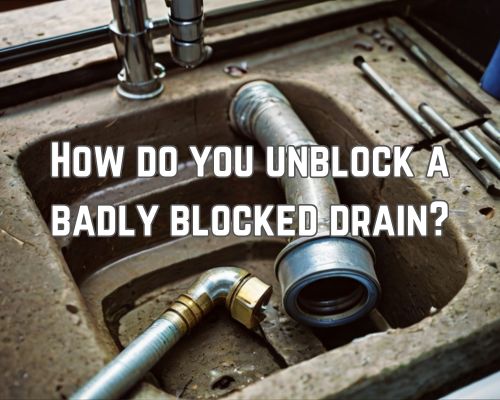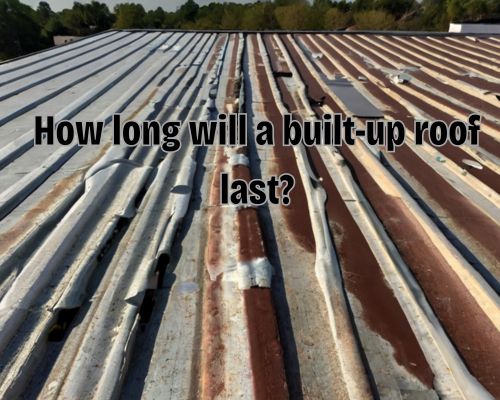If you have a leaking toilet, you may be wondering how much it will cost to fix it. A leaking toilet not only wastes water but can also increase your water bills.
The cost to fix a leaking toilet depends on the cause of the leak and the extent of the damage. Let us know it with Dean Owens of Plumber Warragul.

To diagnose a leaking toilet, you can check for visible signs of water around the base of the toilet or on the floor. You can also put food coloring in the toilet tank and wait to see if the water in the bowl changes color. If it does, you likely have a leak. However, it’s recommended to call a plumber to diagnose and fix the problem to avoid causing further damage.
It’s important to fix a leaking toilet as soon as possible to avoid wasting water and increasing your water bills. The cost to fix a leaking toilet can vary depending on the cause of the leak and the extent of the damage.
In some cases, it may be a simple fix such as replacing a faulty valve. In other cases, it may require more extensive repairs or even a toilet replacement.
Identifying the Source of the Leak
If you have a leaking toilet, the first step is to identify the source of the problem. This will help you determine the cost of fixing the leak and the necessary repairs.
In this section, we will discuss how to identify the source of the leak by inspecting the toilet components and testing the toilet for leaks.
Inspecting the Toilet Components
To inspect the toilet components, start by removing the tank lid and checking for any visible signs of leaks. Look for water around the base of the tank, on the floor, or on the toilet bowl. If you notice any water, dry it up with a towel and inspect the components of the toilet.
Check the flapper valve, which is responsible for controlling the water flow from the tank to the bowl. If it is worn, cracked, or damaged, it may be the source of the leak.
Also, check the fill valve, which controls the water level in the tank. If it is damaged or not functioning correctly, it may cause water to leak from the tank.
Inspect the flush valve, which is responsible for releasing water from the tank into the bowl during flushing. If it is damaged or worn, it may cause water to leak from the tank.
Finally, check the wax ring and the flange, which are located at the base of the toilet. If they are damaged or worn, they may cause water to leak from the base of the toilet.
Testing the Toilet for Leaks
To test the toilet for leaks, start by adding a few drops of food coloring to the tank. Wait for a few minutes and then check the toilet bowl. If you notice any colored water in the bowl, it means that there is a leak between the tank and the bowl. This could be due to a faulty flapper valve or an issue with the flush valve.
If you notice water around the base of the toilet, it means that there is a leak between the toilet and the floor. This could be due to a damaged wax ring or flange.
To confirm the source of the leak, you can perform a water test. Fill a bucket with water and pour it around the base of the toilet. If you notice any water seeping out, it means that there is a leak between the toilet and the floor.
Repair and Replacement Solutions
DIY Repair Tips
If you’re looking to fix a leaking toilet, there are a few DIY repair tips you can try before calling in a professional plumber.
One of the most common causes of a leaking toilet is a faulty flapper. To fix this, you’ll need to turn off the water supply valve and drain the toilet tank. Then, remove the old flapper and replace it with a new one. This is a simple fix that can be done with basic tools.
Another common cause of a leaking toilet is a worn-out wax ring seal. To replace this, you’ll need to turn off the water supply valve and drain the toilet. Then, remove the toilet from the floor and replace the wax ring seal. This is a more advanced repair that may require more tools and expertise.
When to Call a Professional Plumber
DIY repairs can save you money, but there are times when it’s best to call in a professional plumber. If you’re not comfortable working with nuts and bolts, or if you’re not sure what’s causing the leak, it’s best to call in a professional like Plumber Warragul.
A plumber can quickly diagnose the problem and recommend the best course of action. If you need replacement parts, a professional plumber can also help you find the right parts for your toilet.
They can also ensure that the parts are installed correctly, which can prevent future leaks and damage to your toilet.
In some cases, a leaking toilet may be a sign of a larger problem, such as a problem with the toilet cistern or toilet flange. A professional plumber can help you identify and fix these issues before they cause more damage to your home.








